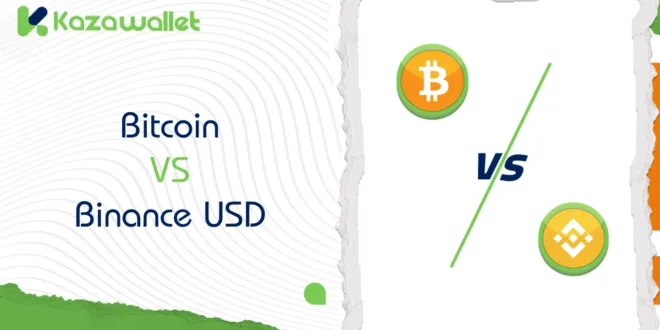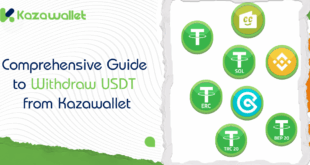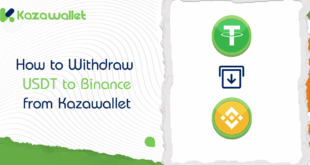Cryptocurrencies have become part of mainstream discourse in our daily lives in recent years if you’re watching the news or browsing the internet.
Two of them are most notable: Bitcoin and Binance USD. The latter is a revolutionary idea to redefine what money is and is not controlled by banks and government officials, whereas the former offers a practical solution with stability and usability in the digital realm.
So what are the differences between Bitcoin and Binance USD? And how can each of them impact your daily life or your financial strategy?
In this article, we’re going to compare Bitcoin vs Binance USD from their functionality to their uses and investing risk.
We’re hoping to provide you with a concise and easy-to-understand overview so you can better know how these cryptocurrencies can be part of your financial world.
What is Bitcoin?
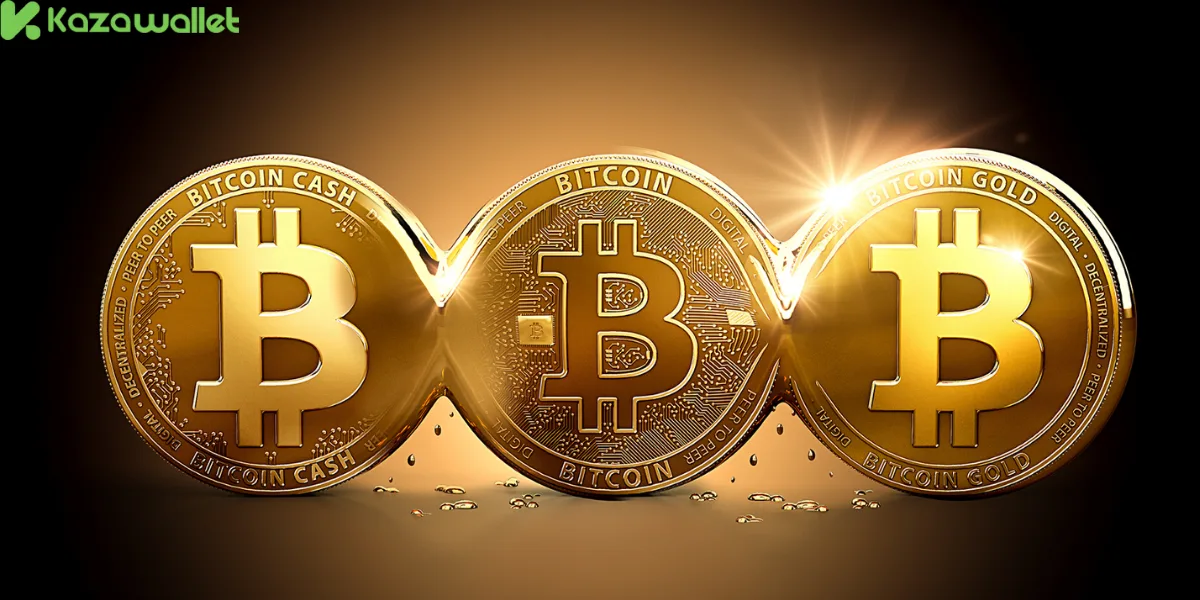
Bitcoin is the world’s first decentralized digital currency that was launched in 2009 by a pseudonymous individual or group of individuals known as “Satoshi Nakamoto.” It was developed as an electronic cash system that operates without the involvement of any central intermediary like banks.
Bitcoin uses Blockchain technology, a chain of blocks with past transactions recorded and shared across thousands of nodes around the globe. This makes the system transparent and secure so that it is virtually impossible to hack into or forge.
The price of bitcoin is determined through supply and demand in the marketplace. The architecture of bitcoin limits the supply of coins to 21 million, so it is inherently scarce. This intrinsic scarcity makes bitcoin akin to digital gold or petroleum and appealing as an inflation hedge or as a long-term store of value.
However, it is not a stable currency. Its price fluctuates immensely due to market changes and thus is not at all suitable as a method of payment for regular transactions. It remains the most widely used and most valuable of cryptocurrencies in the world.
How to deposit Bitcoin in Kazawallet in 4 effective steps
What is Binance USD (BUSD)?
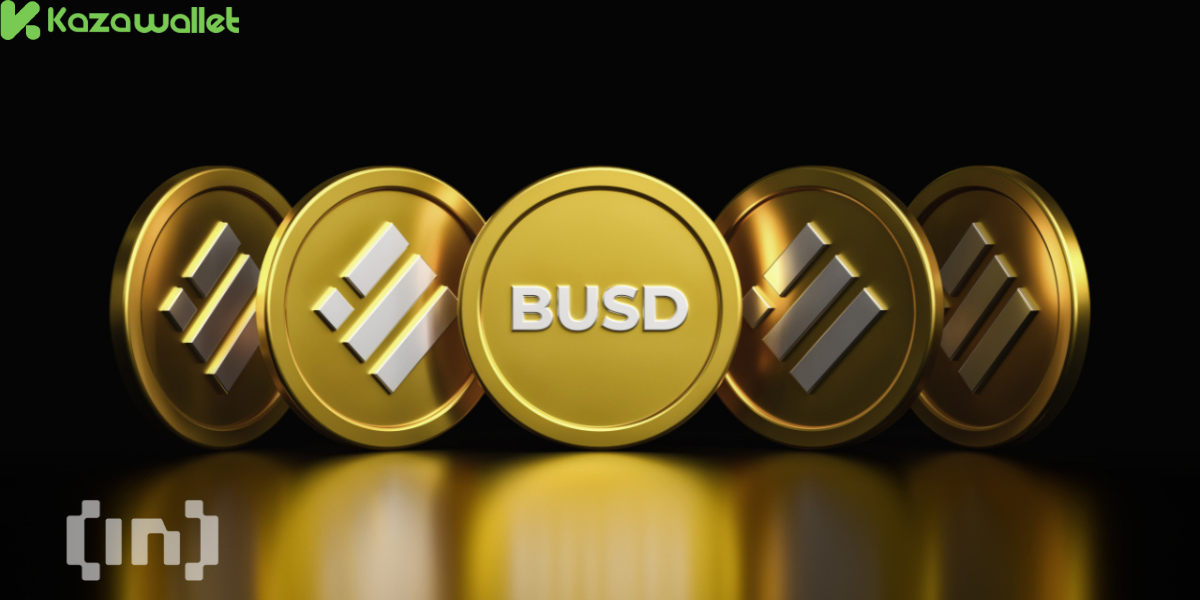
Binance USD is a stablecoin launched in 2019 by the popular trading platform Binance in partnership with Paxos. BUSD is designed to be a digital currency backed by the US dollar, with the value of each BUSD unit held at a 1:1 ratio with a US dollar in secured reserves.
The primary role of BUSD is to serve as the middle ground between digital functionality and stability. It offers users a simple and fast way of transferring funds across borders without subjecting them to the market volatility of other cryptocurrencies like Bitcoin.
It also offers traders the option of keeping their assets in a digital format but in a stable manner during trading or periods of volatility.
BUSD is also extremely versatile and can be applied in many decentralized applications (dApps) as well as for fast and secure cross-border transactions. With a partnership with Paxos, and being licensed and regulated, BUSD has high trust and transparency.
Bitcoin vs Binance USD: A Complete Comparison
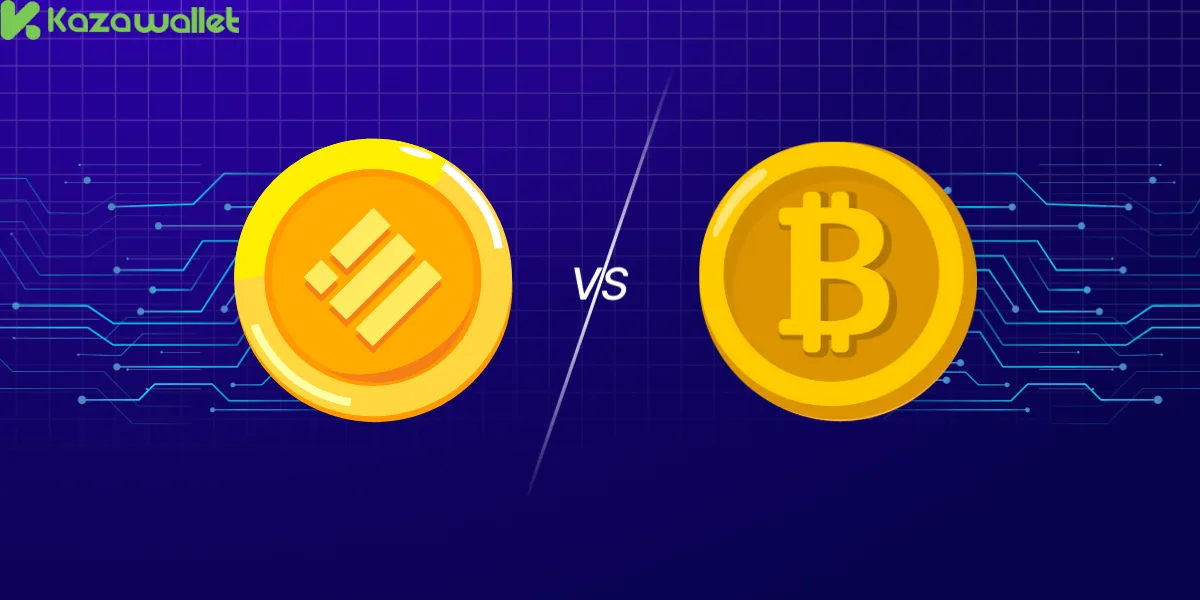
Whereas both cryptocurrencies are built on blockchain technology, there are differences between Bitcoin and Binance USD in several aspects:
Main Purpose
Whereas Bitcoin aims to be an alternative and independent cash system outside of banks and other financial institutions, BUSD aims to introduce stability to the world of cryptocurrencies.
Stability
The most significant divergence here is that bitcoin is renowned for being highly volatile, with sudden leaps or steep falls in a matter of minutes. Unlike other cryptocurrencies, BUSD is designed to be stable and suitable for everyday transactions.
Technology
The differences between Bitcoin and Binance USD are that Bitcoin employs its own unique blockchain technology, which is decentralized. Transactions are verified through the method of “mining,” where complicated equations are solved to confirm transactions and add them to the blockchain.
BUSD is based on the Ethereum platform (and also on some other platforms) with the ERC-20 standard to be more compatible with decentralized applications (dApps).
Provide
Bitcoin has 21 million coins in total supply and is hence inherently scarce. This intrinsic scarcity makes it akin to digital gold or petroleum and hence appealing as an inflation hedge or as a long-term store of value.
The issuance of BUSD has no cap; it is produced and burned based on demand in the market. It is produced whenever users deposit their US dollars into the reserve and burned whenever dollars are withdrawn from the reserve.
Use
Bitcoin is widely employed as a store of value or as an investment. Investors purchase Bitcoin with the expectation of it appreciating in value in the future, hence making it like digital gold.
The BUSD is used for quick trading and financial transfers and for purchases of goods and services on some platforms. It is also used as a means of quickly and securely making cross-border transfers.
Decentral
Bitcoin is not managed by any governing body; it is decentralized. It is operated through a network of computers globally (nodes) and is hence censorship-proof and not subject to being manipulated.
The BUSD is released and controlled by Binance together with Paxos, making it more centralized. It is susceptible to external interference and regulatory intervention as a consequence of this centralization.
Acceptance and Adoption
Bitcoin is the most widely accepted of all the cryptocurrencies globally and is accepted and traded as payment by many institutions and companies. It is also the most widely recognized symbol of cryptocurrencies.
Less popular but widely used within the ecosystem of the Binance platform is BUSD. BUSD is also widely popular in cross-border transactions as well as in decentralized applications (dApps).
USDT VS Binance USD: What’s the Different?
Bitcoin vs Binance USD: Risks Involved
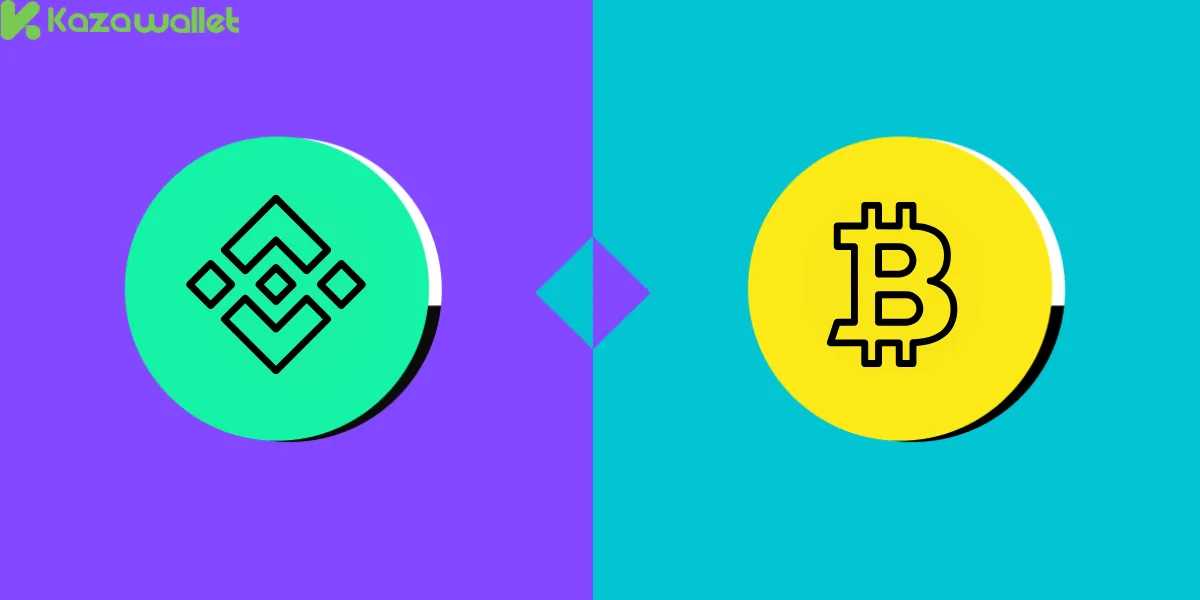
Risks Associated with Bitcoin:
- Price Volatility: Bitcoin is infamous for sudden price fluctuations, with huge price changes within short intervals. It is thus not the best option for those looking for stable investments or with low risk tolerance due to the volatility.
- Fraud Risks: There are also fraud risks involved in the Bitcoin market. Scammers can target investors through untrustworthy trading sites. Some sites offer false interfaces or fake coins that can result in tremendous financial losses for unsuspecting investors.
- Security Risks: Bitcoins can be stolen or hacked if digital wallets are not properly secured. It is nearly impossible to recover stolen or lost bitcoins once the private key is lost or when the wallet has been hacked. Therefore, secure digital wallets like Kazawallet are strongly suggested to protect assets and prevent losses.
- Technical Flaws: Bitcoin is based on blockchain technology that may contain technical flaws or security vulnerabilities. Hackers may take advantage of such flaws and vulnerabilities to steal or disrupt the network.
Global events have an impact on Bitcoin. - Global Patterns: Despite the challenges, countries are now starting to adopt Bitcoin as part of their economic strategy. An example of this is that Germany has begun to stockpile reserves of Bitcoin, with countries like the United States of America, Russia, and Brazil also considering the same.
Risks of Binance USD (BUSD):
- Stablecoin Pegging Risks: Loss of the pegging of stablecoins such as BUSD is one of the greatest threats. It is pegged against external reserves that may not be sufficient to cover all the coins in circulation. Failure of such coins would unleash a crisis within the broader crypto market since many individuals and large businesses are reliant upon them.
- Regulation and Oversight: It is famous for evading regulations and not being transparent with finances. Earlier reports showed there were not enough reserves to back BUSD during some periods of time, which risked the collapse of the coin and had adverse effects on the crypto market.
- Dependence on a Proprietary Network: BUSD is built on the Binance Smart Chain (BSC) and the Ethereum network. Any technical vulnerability or security issue on the BSC would have direct implications for BUSD, exposing users to asset losses or disrupted transactions.
In the End:
The differences between Bitcoin and Binance USD reveal that each has its own contribution to make to the cryptocurrency world. Bitcoin is an innovative disruptor of current systems, while BUSD is a simple and stable solution for daily transactions.
The choice between them depends on your individual needs: Are you looking for something high-volatility and risky as an investment option, or something stable and easy to use as a financial tool?
Whatever your decision may be, understanding the differences between Bitcoin and Binance USD is the beginning of making an informed choice.
And remember! The ease of using cryptocurrencies like Bitcoin, Tron, Solana, Binance, and others is being provided by Kazawallet. It enables the purchase, storage, deposit, and withdrawal of these coins in an easy and secure way, facilitating trading and transfers among cryptocurrencies.
 Blog Kazawallet
Blog Kazawallet
